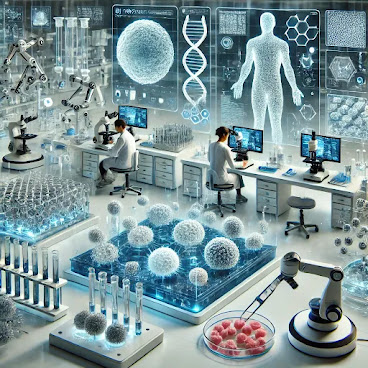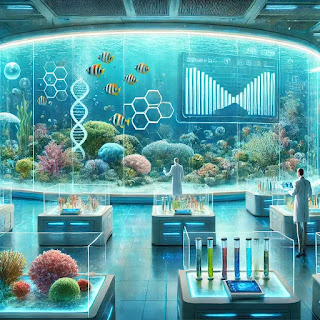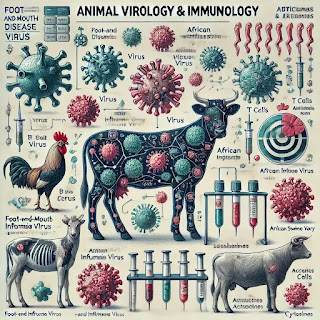"From Scaffolds to Solutions: Innovations in Cell and Tissue Engineering" #sciencefather#researchawardsCellEngineering #TissueEngineering #RegenerativeMedicine #StemCellResearch

Cell and Tissue Engineering Cell and Tissue Engineering is an interdisciplinary field that combines principles of biology, engineering, material science, and regenerative medicine to restore, replace, or improve the function of damaged or diseased tissues and organs. The field plays a crucial role in addressing critical healthcare challenges, including organ shortages, degenerative diseases, and traumatic tissue injuries. At its core, cell and tissue engineering involves developing biocompatible scaffolds , which provide structural support for cells to attach, grow, and develop into functional tissues. These scaffolds are often made from biomaterials, which can be synthetic (e.g., biodegradable polymers) or natural (e.g., collagen). A key aspect of the process is cell cultivation and differentiation , where specific cell types, such as stem cells or primary cells, are grown under controlled conditions. Stem cells, due to their ability to differentiate into various cell types, ...







